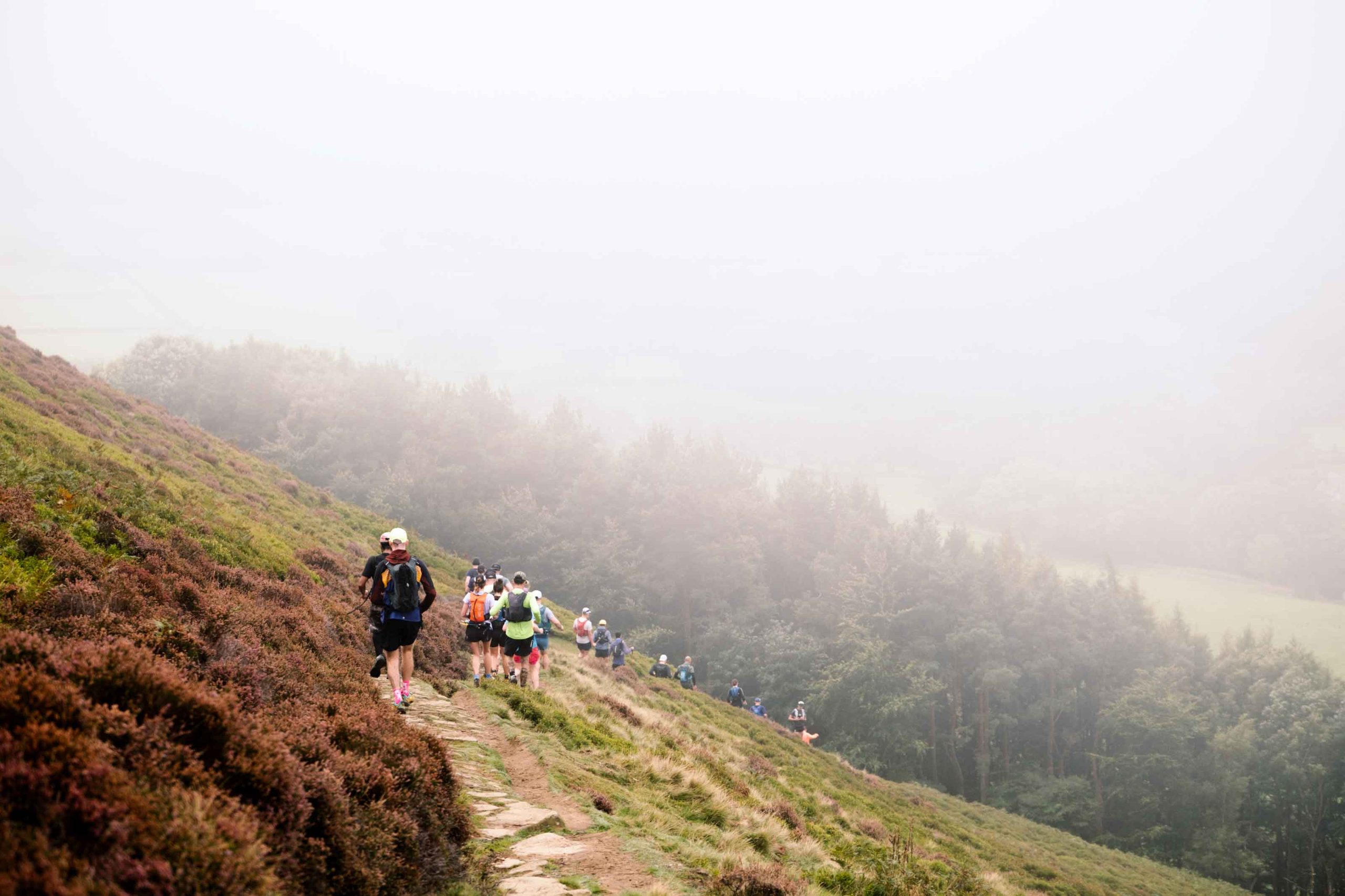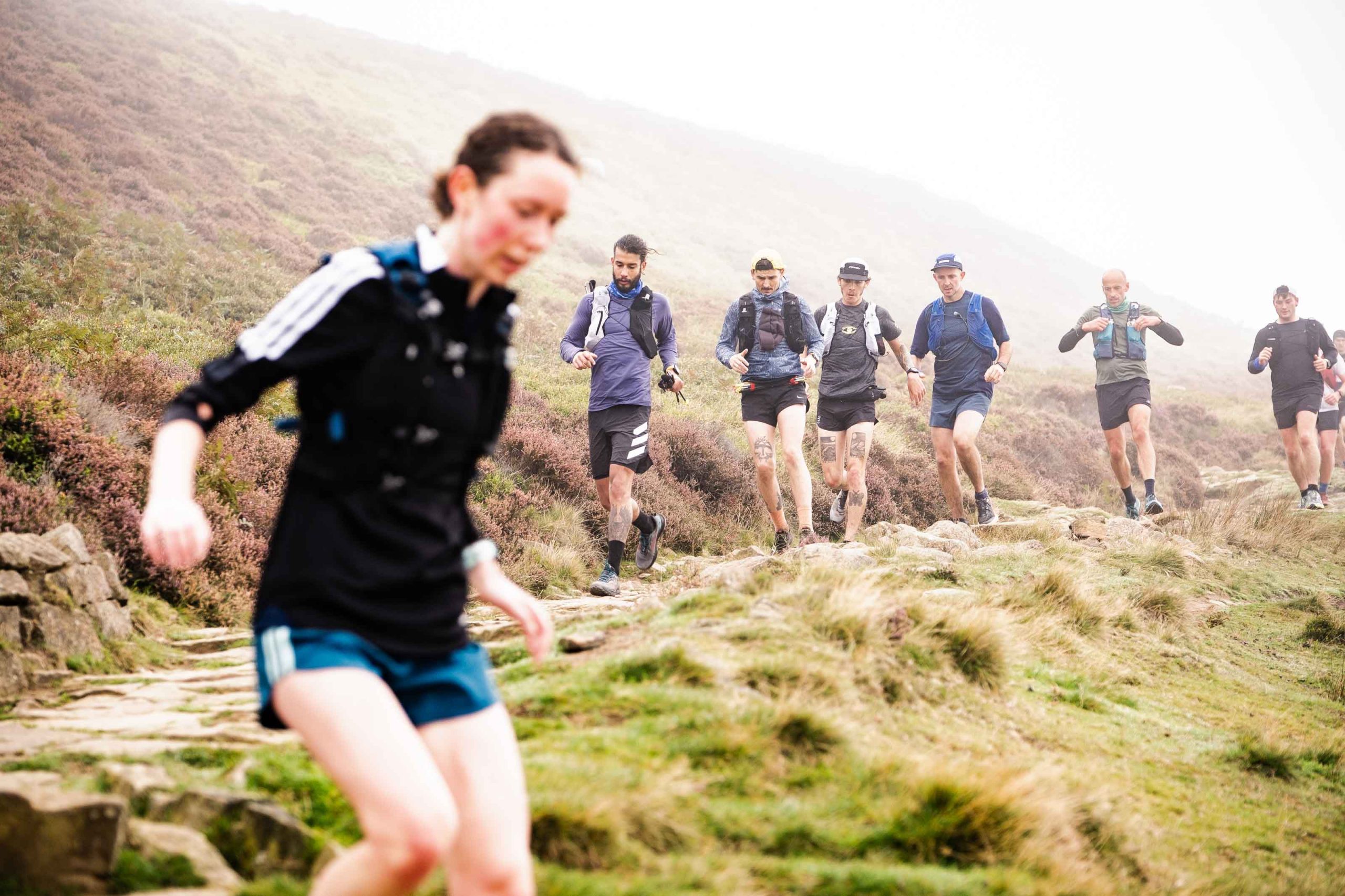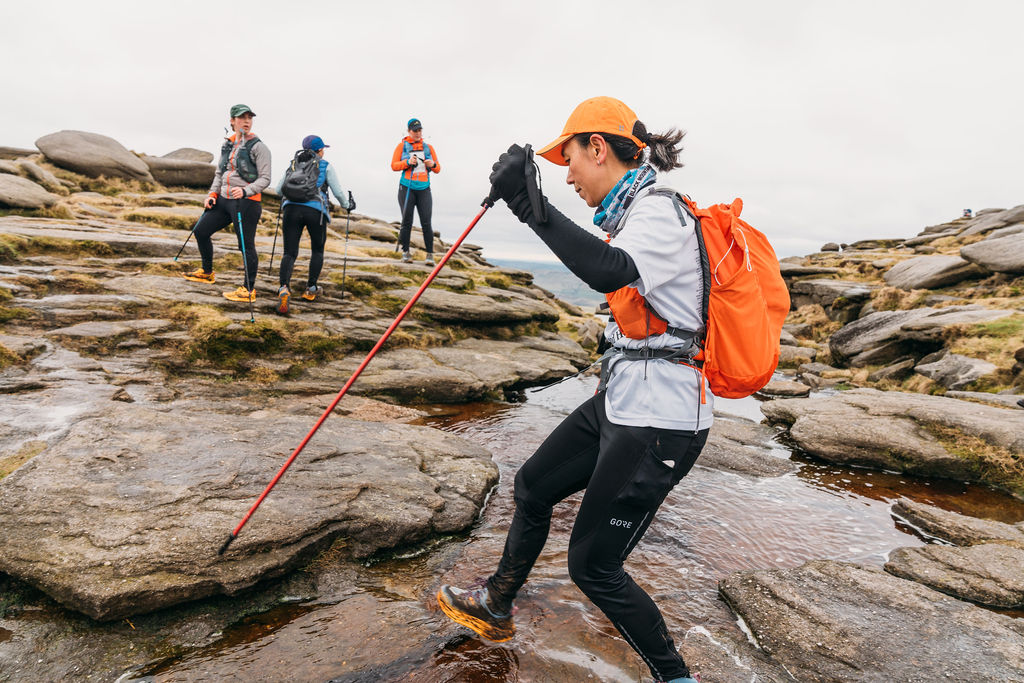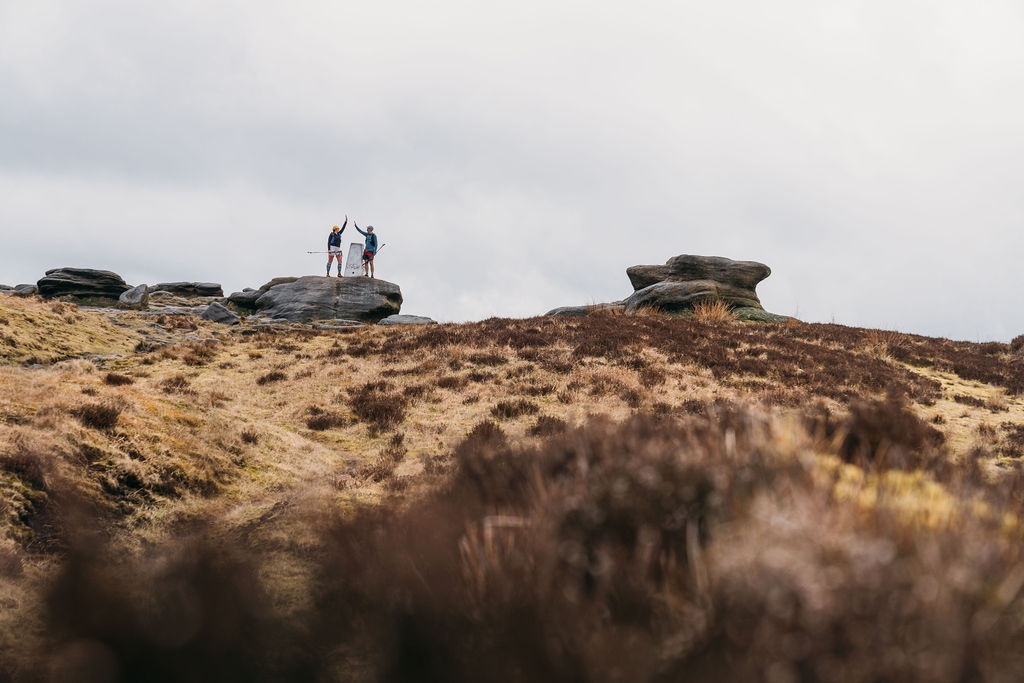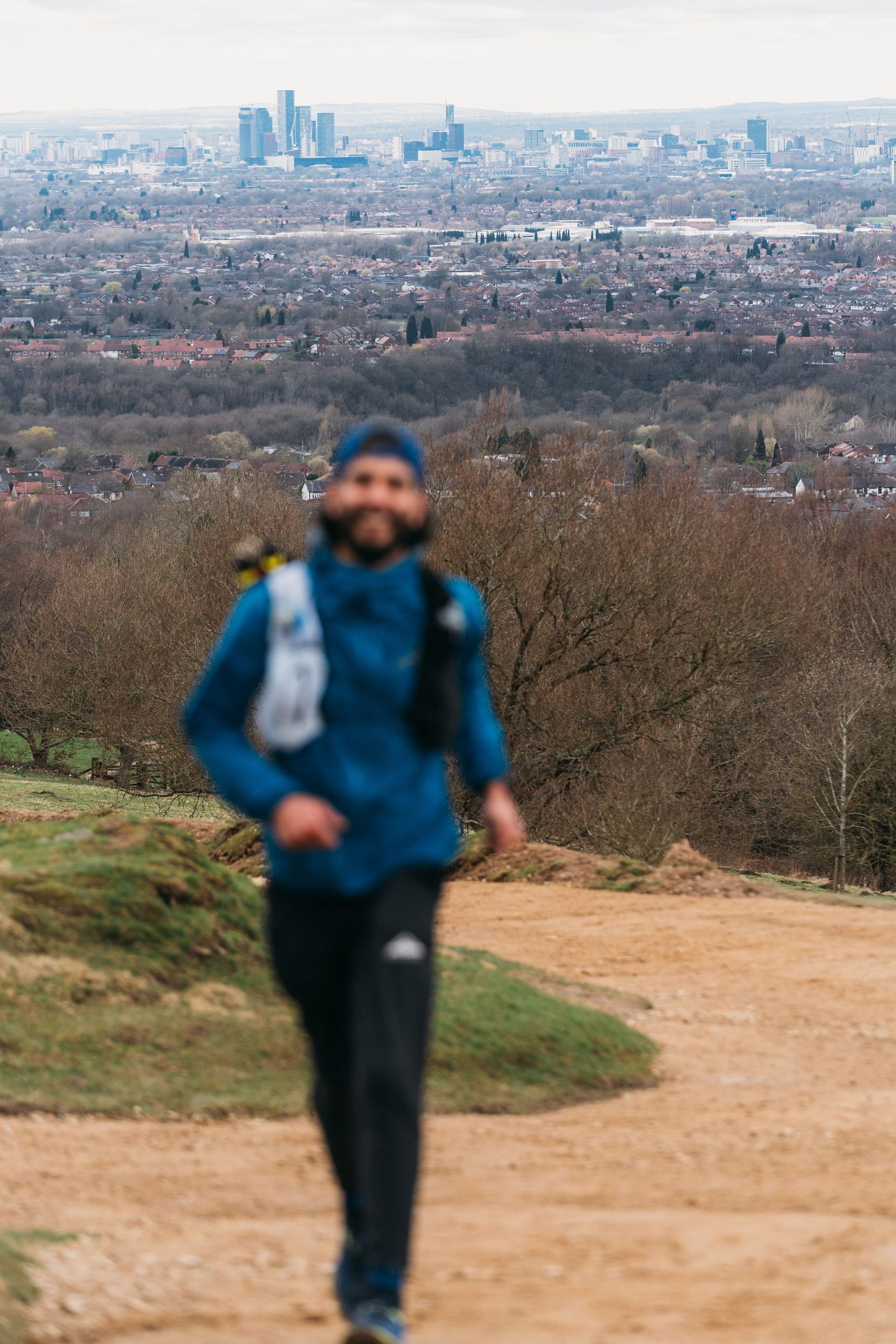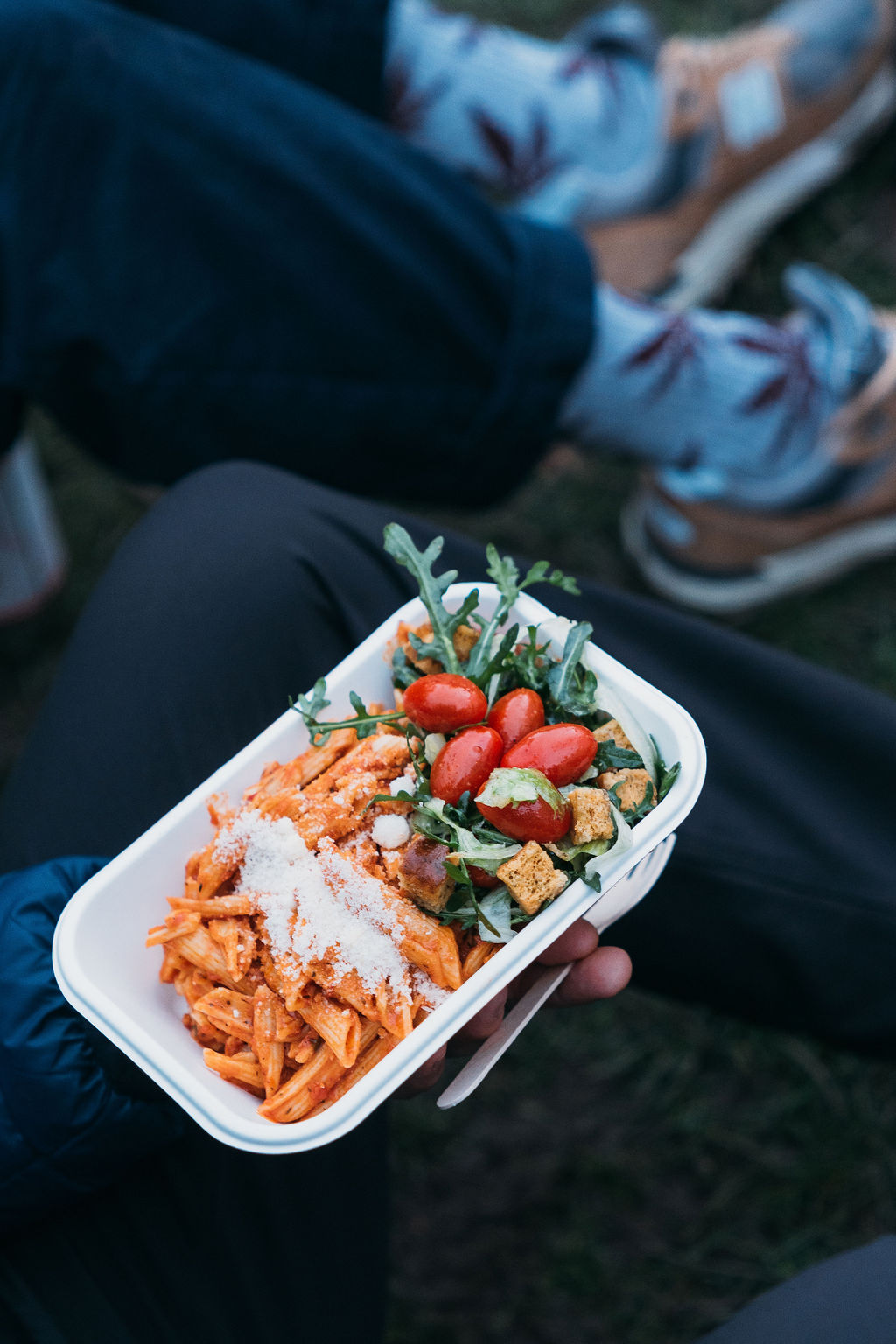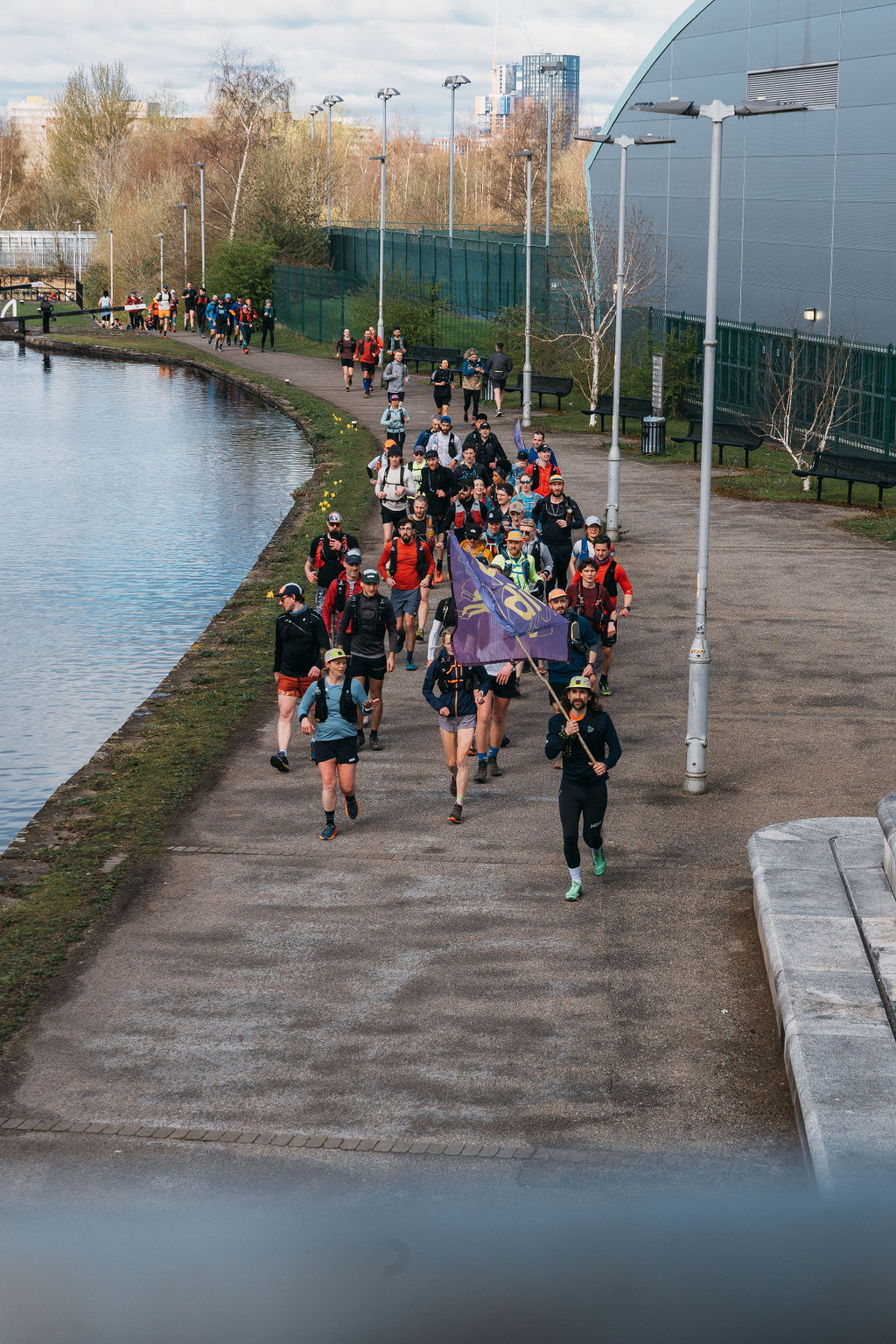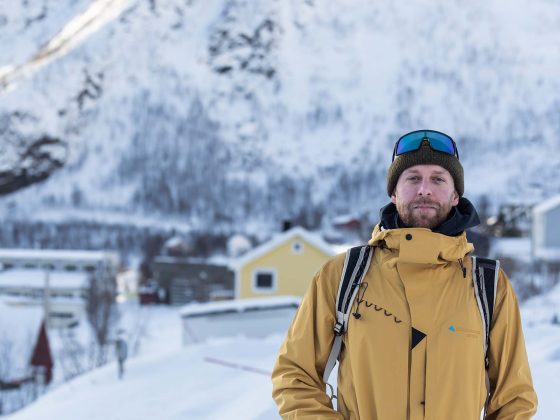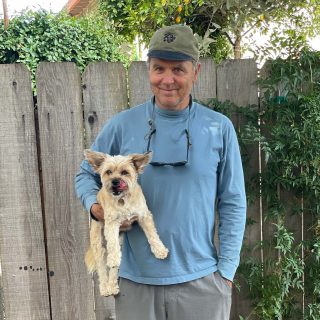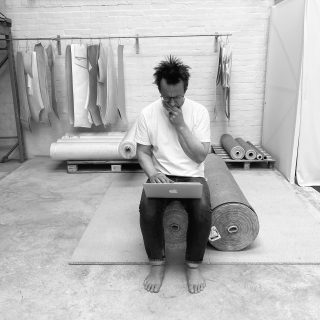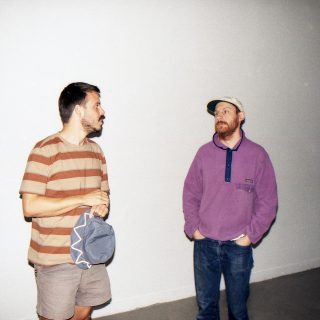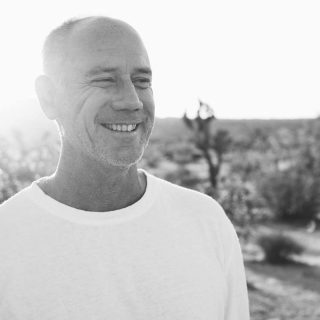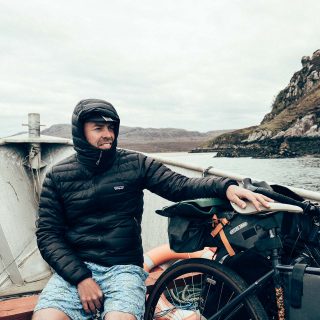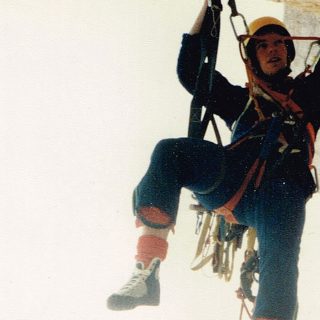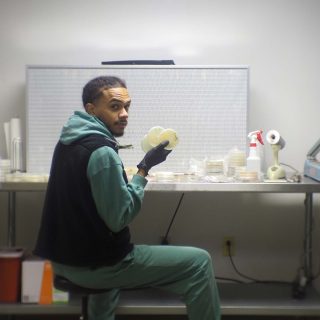An Interview with Stef and Tom—co-founders of the Peak Divide
A trail-running adventure from Manchester to Sheffield
There are a few ways you can get from Sheffield to Manchester. According to Google Maps, it takes 50 minutes to get from Cottonopolis to Steel City by train. The journey time is doubled if you want to drive from the city centre—and it apparently takes around four and a half hours to make the trip by bicycle. Or there is a fourth option… you could run it.
Dreamt up by Luke Douglas, Stef Amato and Tom Reynolds, the Peak Divide is a unique event that answers the question of what it’s like to run the 76 km from Manchester to Sheffield in just two days (or one, if you fancy torturing yourself on the single day version).
With this year’s events already sold out—I called up Stefan and Tom via video-phone to talk about ‘run-packing’, the difference between poets and scientists and why the Peak Divide is NOT a race…
How did the Peak Divide come about in the first place? What made you want to create an event like this?
Tom: It came at the start of 2021—back in the winter. It was Luke’s silly idea in a pub, saying, “Do you think you could run to Sheffield in a weekend from here?” We were in Manchester so I thought it was madness, but he said, “Maybe it is, but I’ll find a route.” Stef and Luke are great at making routes, so we thought we’d try it—even if we had to walk a bit or stop to eat a sandwich—we were going to treat it like a bikepacking trip.
Stef: In many ways, the Peak Divide format is bike-packing on foot. I think that’s what’s unique about it. There are a lot of multi-day trail races which involve camping—but there are few real journey-based events, and that’s something that the three of us are into. We wanted to take that slow adventure journey you do on bikes, into running. Luke has been a route-smith for a long time. He set up Second City Divide, and I think his experience with that led him to want to work with a couple of other people on things.
How did your first attempt go?
Tom: It was wet, and it was really hard. We ran from Manchester to Stefan’s bunkhouse in Castleton to stay there on day one—we had a curry and some beers, then ran the rest into Sheffield the next day. The second morning of a bike trip, you might feel a bit stiff, but you get going again, but on a run, the second morning is pretty tough. It was hard, but it felt like maybe there was something there. I remember at one point we had a bag of chips and then carried on running—and I’d never usually run on a bag of chips, it completely goes against what I learnt doing university cross country…
It throws all that out the window. After you did that first run, what made you want to turn it into an event—something that other people could do with you?
Stef: We talked about this a lot. We’re all quite interested in not just sharing our experiences, but showing other people too—if we think something’s cool, then thinking that other people might like to do it too is quite a nice step. Hosting events just allows people the opportunity to be a part of something bigger. I think that aids motivation, but also builds the culture and community. And you’re much more likely to enjoy it with other people too.
I think doing it yourself first is so important to then understand what you need to think about the next time—where you get tired, what do people want or need and when and how the route flows. So after we realised it might be a cool thing for people to do, we then did a four-leg recce in winter—splitting the route into four 20K legs to work things through. It worked well because Luke and Tom are very much the west side—Manchester to Edale—whilst I know the east side—Edale to Sheffield.
Subscribe to our newsletter
How do you find the balance with something like this? I imagine people want something that feels raw and remote, but then if you go too far, people are just wandering lost in the wilderness.
Tom: I think there’s two sides to that. I think we put something in the letter to people before the first event about the fact that you can say to someone that you’re running to Sheffield—that feels like a big adventure when you say that. But that balance of ‘mild to wild’ is still something we’re working out—it’s about where the safety meets the adventure of it all. Both the times we’ve done it so far groups have formed along the way, and we really encourage that. And then we have what we’ve coined ‘beacon runners’ who know the route and are good runners who can look after themselves. Also by doing it city-to-city, there are train lines and jump-off points.
Stef: Ultimately, in terms of events and experiences, it’s about risk management and finding that line between adventure and safety. Everything we do is considered. The route is 95% traffic-free—that’s on purpose. And then the wilder stretches are managed with marshalls and food stops—and then the beacon runners are there. Essentially it’s guided, if you want it to be, without feeling like it’s guided. It gives people independence, but if people are new to trail running, they don’t have to navigate.
The Peak Divide is not a race. What was the reason for that? Why did you go down this different route?
Stef: I think that behind all hearty, wholesome experiences are the people that organise it right. We’re not racers at heart—so the Peak Divide is what we enjoy doing. Ultimately, it doesn’t need to be timed. It’s not competitive—it’s very much a slow, but challenging, adventure. It’s not easy, but it’s not inaccessible to people. I think providing a platform for that journey in peoples’ trail running is super-important. If you’ve done a 5K or a 10K in Sheffield or Manchester, this is an opportunity to go a bit further.
There was the original event, which we call ‘the Classic’ which is the route over two-days, and we now do ‘the Oner’ too—where you do the full 76 km in one day. And the idea of that isn’t to make it more racy. It’s just a bit more of a challenge—it’s that next step. In the same way Luke had the original idea, it was Tom and I who thought we could maybe try it all in one day. I’d never run that far before, and I was absolutely smashed after it. By the 55K mark I was pretty done! If we can help people go further than they thought possible, then that’s good.
Tom: It was rough. It’s a long way. I’ve got a few things in my head on that subject. The first is that we’re sort of creating something in our image, if that makes sense. So why do we like it not being a race? Because we don’t particularly like racing. Luke aside—he can handle himself a bit better than me and Stef speed-wise—our journey into running a long way on trails sort of mirrors the journey of the people we’re trying to take with us. None of us have got 15 years experience running ultras all the time—that’s not what we do. It’s a genuine discovery for us too.
Do things like time and distance get in the way of experience sometimes. If someone has been on an adventure—maybe they’ve ridden somewhere far away on their bike, or they’ve done an interesting run—the first thing anyone asks is, “How fast did you do it.” or maybe, “How far was it?” But is that kind of boring? Does that sort of overlook what’s really interesting about those kinds of treks?
Stef: I’m working on a book on the Transcontinental Race—and amongst the stories over the last decade, a photographer basically sums up what you’re saying. He says it’s poets versus scientists. Some people are in that race to win it—all they’ll be doing is thinking about data and technology—and they’re the scientists. But at the other end there are people who are using it as a template for adventure. And he calls them the poets. I think that’s a super nice way of looking at it—and it kind of runs true with me. We’re basically aiming to host a load of poets…
Tom: We like the experience side of things—we have gnocchi at food stops instead of jelly babies—and there was tiramisu on the Oner. That’s because we’d want to stop and take a minute and enjoy eating. There’s something in being able to say to someone you’re going to run to Sheffield at the weekend which sounds a bit stupid—and I think we all like that side of things—but yeah, how long it takes is sort of irrelevant, as long as you get there.
And speaking about Stef’s poet point, there’s a creative part of all of us three which I hope comes through with the Peak Divide. Some of that off-trail stuff that we come up with when we meet in the bunk-house, there’s a lot of fun in this non-scientific approach—whether that’s Luke coming up with the map or Stef sketching something or me writing something. When I’ve written something, it’s been way different to what I usually do for work—it’s a complete blank canvas. It’s quite a nice creative outlet.
Yeah, there’s a flavour to the event rather than just time-sheets and an off-the-peg website. If it’s not about the time, or the distance, what is it that you two get out of these kinds of adventurers?
Stef: I think it’s probably the escape, really. Some people like to do it solo—getting themselves out there—but I think most people kind of lust for a cool escape with other like minded people. That’s sort of what I’ve gauged from doing bike trips over the years. I did do a fair bit of stuff solo—mainly because I didn’t know anyone else doing weird bike stuff in the Alps—but the idea of doing a bike trip now by myself isn’t appealing. The people are one of the main aspects of it now.
Tom: I’d agree. I do a bit of running on my own, and then I organise some run clubs—and it’s a completely different experience. And I think that’s why people want to do the Peak Divide—that community. We’re looking to do something in the Lakes next year, and I think it’ll be the same thing there—it’ll have the same ethos. I think it’ll also have that same local feel too—it’s kind of tongue in cheek, but at the same time, we mean it. On the Peak Divide we start at the Vimto statue, so we have some hot Vimto, and then we have Drumsticks because we run past the Swizzels factory in New Mills. We like that sense of place. I remember when I was in journalism school we used to get told off for using the word ‘local’ all the time, but we like that local thing.
Stef: And then there’s the challenge aspect… that’s important. We deliberately put our date out almost a year before, because we know that people might like the sound of it, but might need to prepare a bit before it. Even the two-day version is 41K the first day, and then 35K the next. So the first day is a marathon. We do have time-frames that allow you to walk quite a bit of it. But having that goal in mind is important. In the bike world I was seeing a lot of people signing up to races not actually wanting to race—but because it was the only event format available if you wanted a goal.
It’s easy not to do things, but if you commit to doing something like this, and you’ve put your name down, you’ll probably do it. It gives you a deadline.
Stef: Accessibility is another key aspect too. Having it from Manchester to Sheffield makes it super easy to get to the start of the finish, and because it starts in a city you have that whole ‘mild to wild’ aspect. It ticks a few boxes.
Do you think people are realising what they’ve got on their doorstep now too? You don’t need to go to the Alps to see amazing scenery.
Tom: Yeah—in the Peak Divide you leave somewhere that’s very familiar, running along the canal, then within a couple of hours you turn around and you’re on trails suddenly, with a massive city behind you. It’s such a juxtaposition—and I like juxtapositions. That aspect is really cool to me. It’s that local thing again.
Stef: I think that’s how you understand and learn about a place, isn’t it? Even something like route knowledge—yes you can look at maps—but it does just come from getting out and about and exploring locally. Nothing will ever beat local, underground knowledge of a place, and that’s why anywhere we go, whether it’s on bike or on foot, we always seek local guides—they know the people there and the lay of the land. Post-Covid, with family life, the Peak Divide is an example of wanting to promote our local area, and do something where we are. The Peak District is an amazing place, so we want to show other people that.
I’ve seen the term ‘run-packing’ used for this event—which I suppose is another example of how all these outdoor activities have merged together and formed something new in the last decade or so. Why do you think all these boundaries have broken down so much, and where do you see things going next?
Stef: We’re seeing a lot of bike-brands coming into the running world—whether that’s ex-pros starting brands, or bike clothing brands launching running kits. I will always see bikes as the best tool for exploring places, but running is the purest way of slow travelling. It’s more challenging and exciting than hiking, you can still go a long way and you only need a pair of shoes and a backpack.
Tom: A lot of bike brands are launching these all-trail, general explore kits that could be used for running. I don’t know where this will end up. Will there end up being some sort of run-bike-packing thing? It’s interesting. When we recced our event in the Lakes we did it as pure run-packing—carrying our gear and bivvying out—and it’s interesting to see where that will go—the idea of having adventures where you carry everything you have. With cycling, there’s a lot of faff, but there’s something quite liberating about having 13 litres on your back for a weekend away. I don’t know how many people will want to do that, because it is quite manky—but it’s a lot of fun. I think there’s something beautiful about a long challenge, slowly, with friends.
Stef: I think generally, the mindset is the same. For the poets amongst us, whether you’re out on foot or on your bike, as long as you’re escaping, there is a crossover. In terms of where it’s going, I think these hybrid pursuits will only become more prolific—whether people are coming from running into biking, or biking into running, or hiking into running, or running into hiking. And with the kit—whilst there are a few key items which you need for each, there is a lot of crossover.
Last question, how do you feel when something like this is over?
Stef: It’s relief—and then satisfaction and happiness that we’d managed to escape with other people. Although for me, I’d say the start is a bigger moment than the finish. When you see everyone come together, all about to set off on a big adventure together, that’s a big moment.
Tom: When we did the Oner and we started at four in the morning, there was an energy that was nerves, mixed with excitement—and it’s really nice to be around that. Then because I normally sweep at the back, I don’t really get to see many people arrive at the finish, but having someone say to me that it’s the furthest they’ve ever run by 30k—that’s nice.
Find out more about the Peak Divide here. Interview by Sam Waller. Photos by Elliot Waring and Peak Divide.
